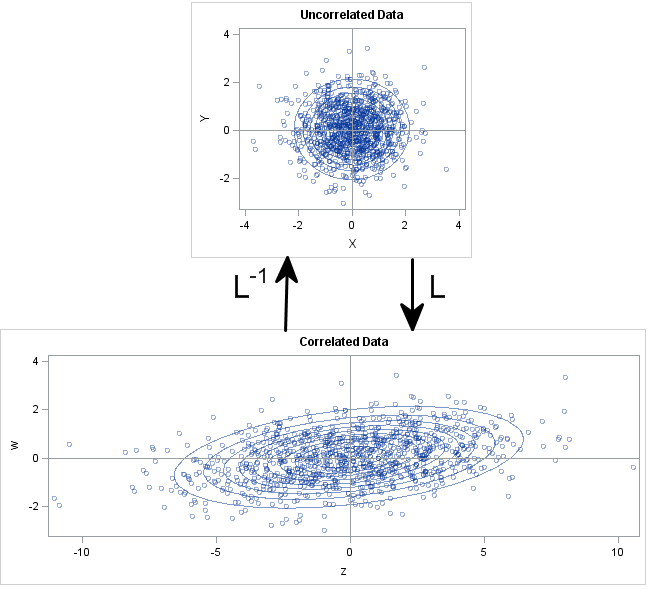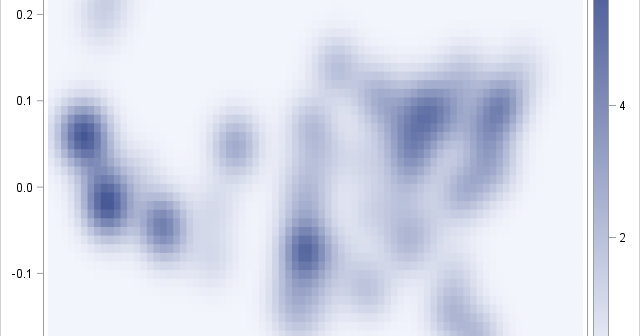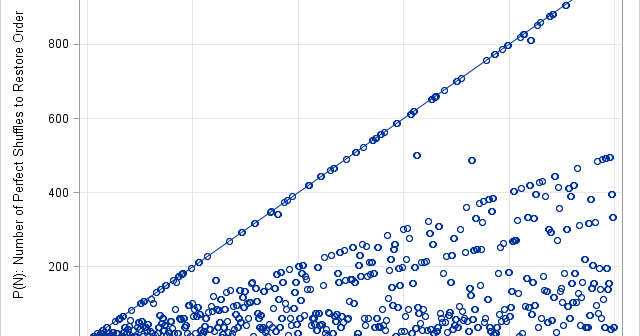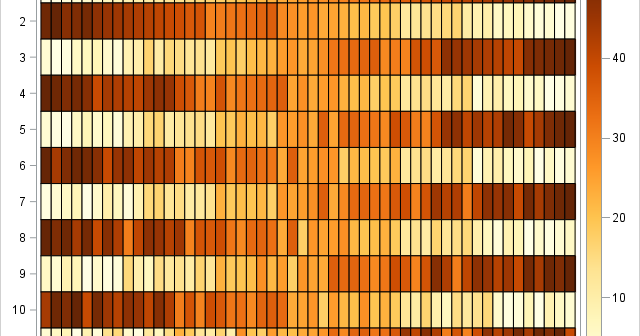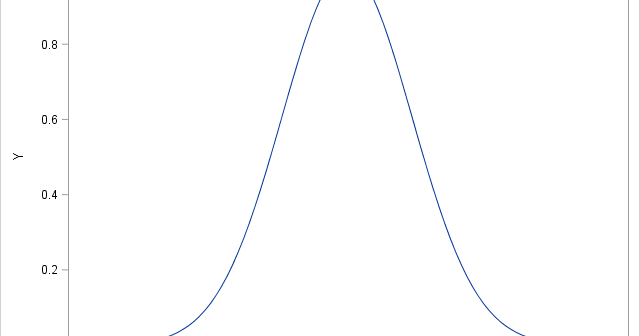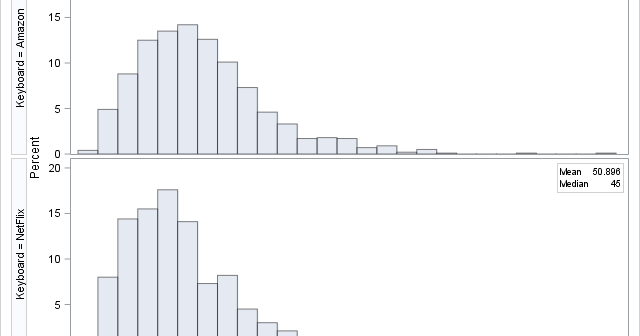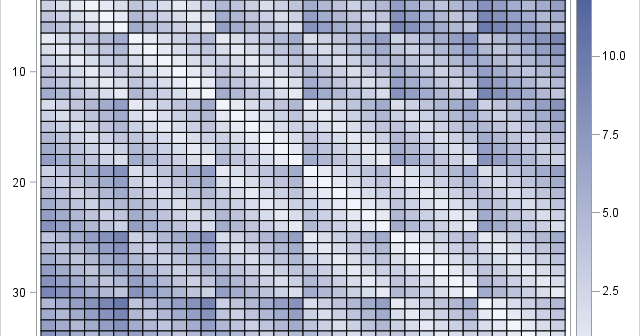
This article compares several ways to find the elements that are common to multiple sets. I test which method is the fastest in the SAS/IML language. However, all algorithms are intrinsically fast, which raises an important question: when is it worth the time and effort to optimize an algorithm? The


